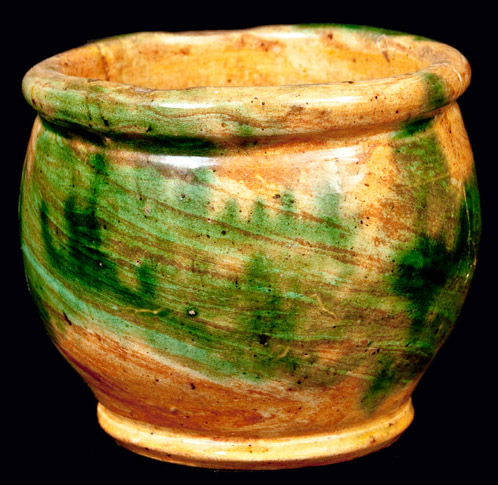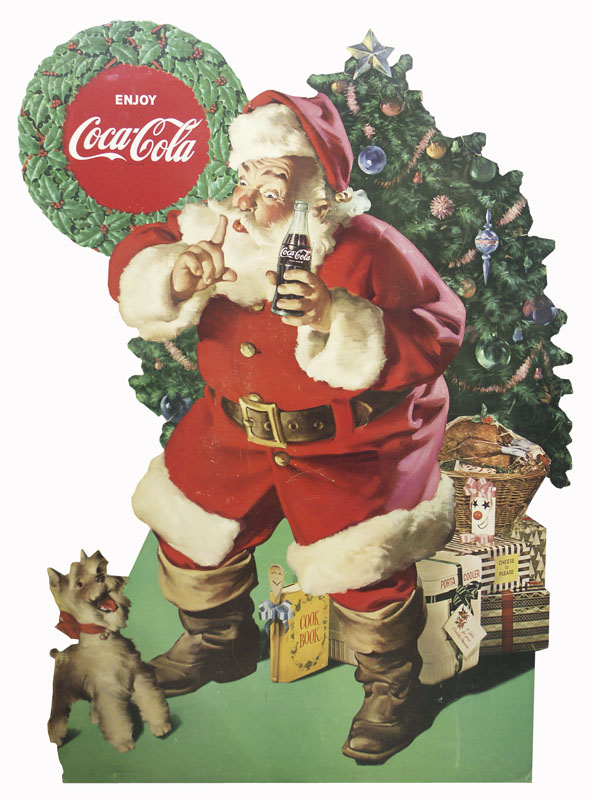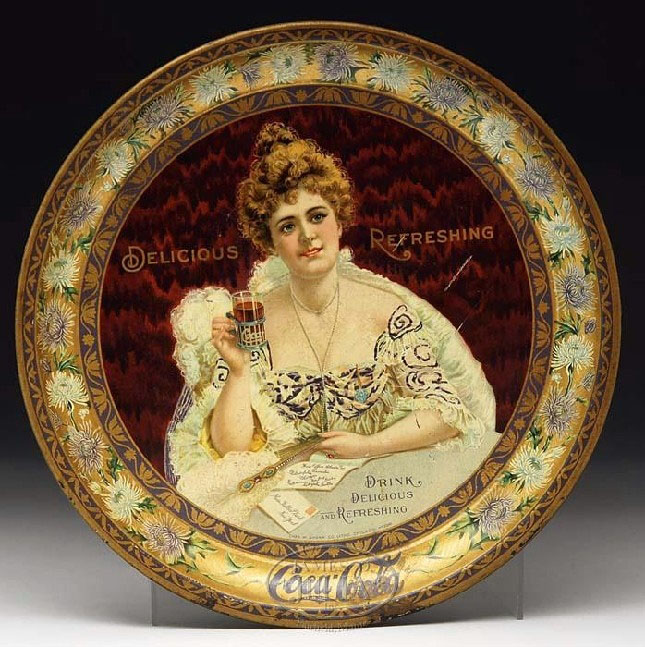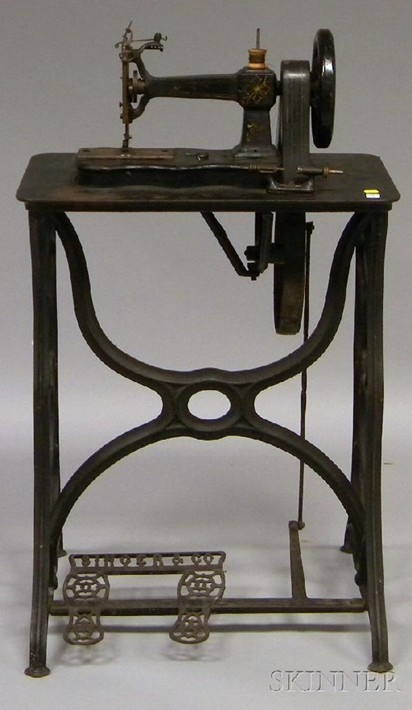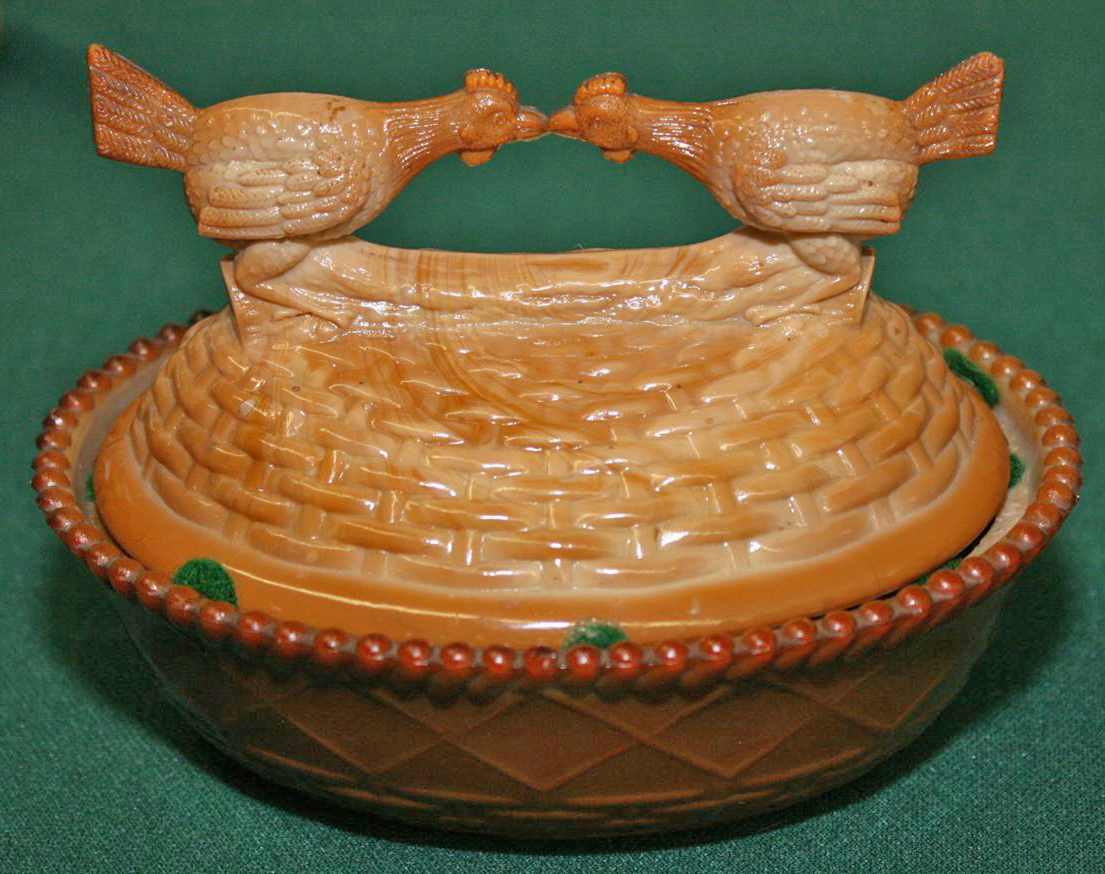We churn out reference notes on a variety of topics every month. There’s no telling what we’ll cover next. This month, we’ve done articles on Central American textiles, a Victorian engraver, a modern furniture designer, and an African-American daguerreotypist. These reference notes are one of things that sets p4A apart from other databases and pricing resources, and we work hard to keep them coming. They’re often the product of a great deal of collaboration and are a real attempt to sort out what is all to often several centuries of ambiguity and confusion!
This month, I’ve been attempting to sort out the meaning of the word “scroddle.” That seems simple enough, doesn’t it? It’s a word, so you just go to the dictionary. But most dictionaries didn’t turn up anything and those that did offered only a vague definition like, “mottled pottery made from scraps of differently colored clays,” which would certainly describe the little jar pictured above. (Just fyi, the Urban Dictionary doesn’t have a “definition” at all – go make one up!) But, I thought, scroddle sounds like an OED word if there ever was one! But, according to the helpful young woman at the local library reference desk, nope, not even there!
So, as a last resort, I decided to consult the modern version of the tribal counsel – Facebook. I have a good friend who is a potter and a material culture historian, so I thought I’d just leave a post on her wall and see what she thought. Before long, I had the entire pottery community chiming in, including a former editor of Ceramics in America and assistant curator at Colonial Williamsburg. We got opinions on the origin of the word, why and how the meaning may have changed over time, and a collection of alternate spellings. I’ve been working on sorting so many “mights” and “maybes” into a reference note, but this sort of wide-ranging collaboration and research is really what makes the database special and what makes our reference notes worth reading. The next time you’re doing a search and you see a linked term in an item record, take a minute to click through – you might be surprised at all you learn!
Click here to read our reference note on “scroddle”.
-Hollie Davis, Senior Editor, p4A.com
To search the Prices4Antiques antiques reference database for valuation information on hundreds of thousands of antiques and fine art visit our homepage www.prices4antiques.com

